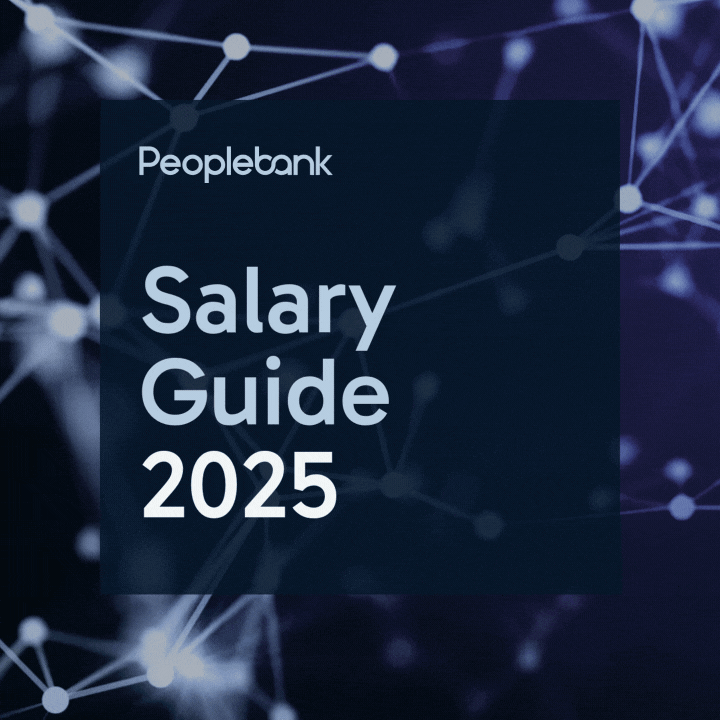Artificial Intelligence Trends for 2018
There are a lot of predictions circulating about AI in 2018, here are just some.
1. Data Scientists will be in high demand
IBM has predicted that (in the US) demand for data scientists will likely increase to 2.7 million by 2020. This is because ‘probability’ plays a large role in machine learning AI as it helps to determine the correct answer or decision for any particular problem. When more data is available to machine learning platforms, such platforms will be able to make better, more probable predictions. Organisations will continue to collect and analyse data, and companies of all sizes will want to get in on this action. Unavoidably, there will be a higher need for data scientists who are able to handle large datasets to aid AI platforms.
In fact, machine learning and data-driven machines will be a huge trend altogether (it kind of is already). As companies realise the productivity such tools provide, AI strategies are being created within organisations so that they can optimize the flow of data and allow employees to worry about other aspects of their roles instead of focusing on things AI can already take care of on a larger scale.

2. More people will adapt to talking with tech
There is no guarantee that you will become completely accustomed to communicating with a little speaker that houses an AI persona such as Alexa or Siri. However, there are chances that this kind of technology will improve which in turn will make us feel more comfortable to interact with it on a more frequent basis (if not all the time).
Siri and other similar forms of AI are being continually worked on and trained to become more conversational in terms of emotional sensitivity so that the systems are easier to talk to. There are also signs of a translational technology that will help communication between different languages. It’s likely that voice-based interfaces will be integrated into more than phones and home systems (like Google Home) but into computers and televisions too which will definitely make it easier to access information.

3. More human-like interaction from AI to customers
It’s projected that roughly 85% of customer interactions will be through the use of AI by 2020. Particularly, chatbots. For most large organisations, average human employees may find it difficult to keep up to speed with the constant and round-the-clock consumer demands. Especially when there is technology that is speeding up and surpassing our level of ability to communicate with these customers on a large scale. AI chatbots and other virtual assistants can make this easier within a company by helping with consumer requests as well as day-to-day workflow (such as appointments or automated emails and posts). As mentioned in the above point, talking-tech is getting continuous training to become emotionally sensitive, the same will be implemented with chatbots so that they are, at times, unable to be identified as a bot and can easily handle customer enquiries.

4. There will be a continuation of political and ethical discussion around AI
Since the beginning of AI, there has been a focus on making sure the potential problems of AI are addressed. However, the conversation about ethics, privacy and responsibility are still happening and it doesn’t seem like these conversations will ever quite dissipate. But these conversations are necessary and important. Ben Lorica, Chief Data Scientist at O’Reilly Media says that ‘fairness, transparency and explainability are essential for most commercial AI systems’. If people don’t understand the systems to a certain degree, they will not be open to using them. If AI is something people are afraid of, they will be resistant to integrating it into society or businesses. Therefore, the more we know, explore and discuss the potential problems and resolutions, the more AI will easily be integrated into the world. If this prediction is right, and the conversation keeps up, it is inevitable that AI will find a comfortable place within most first world cultures.






















